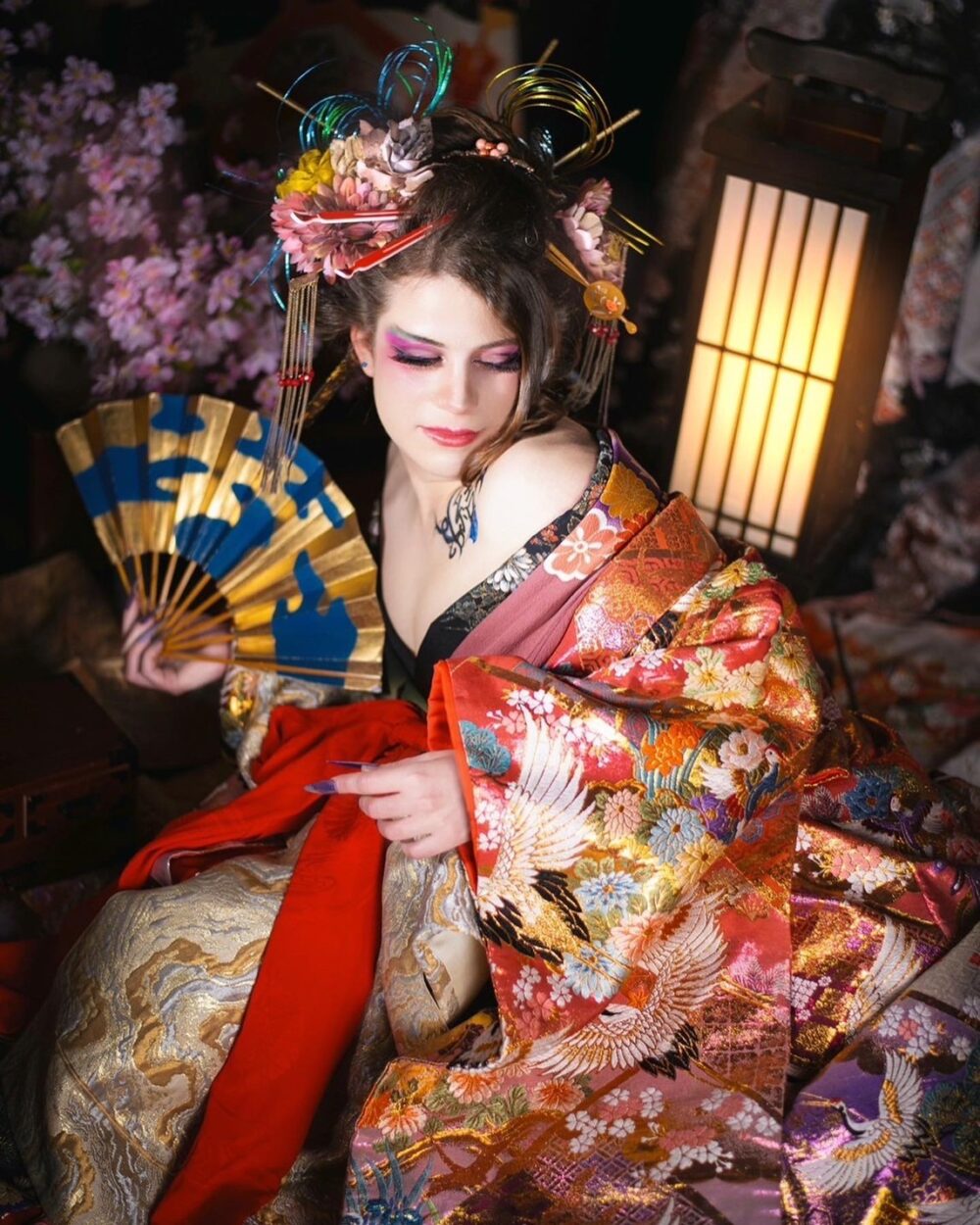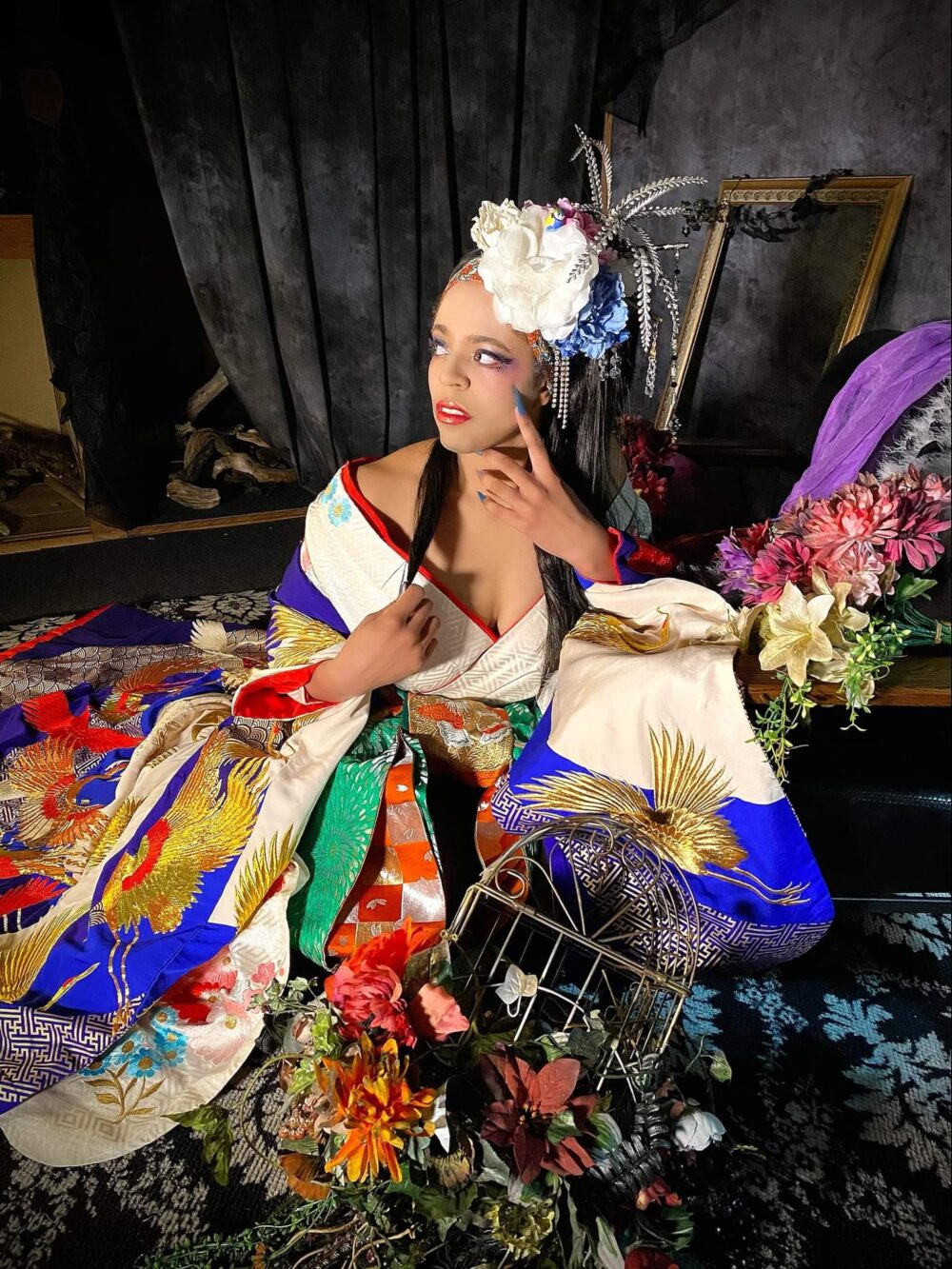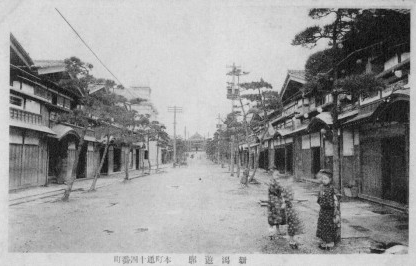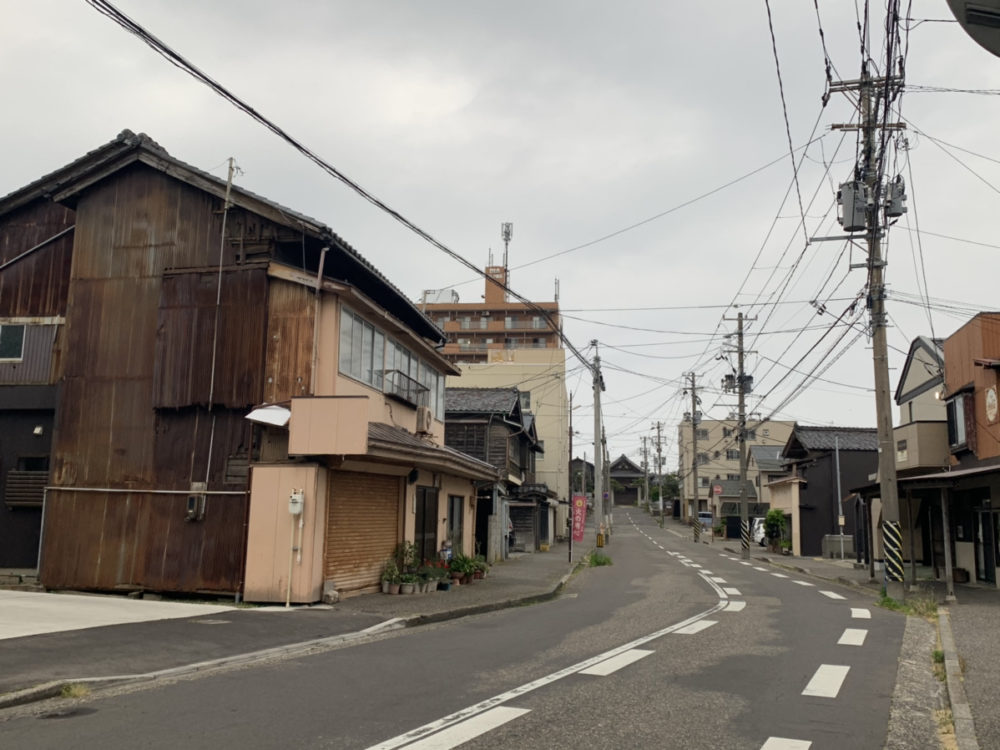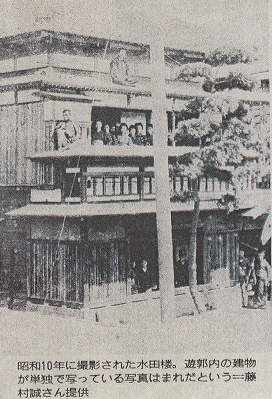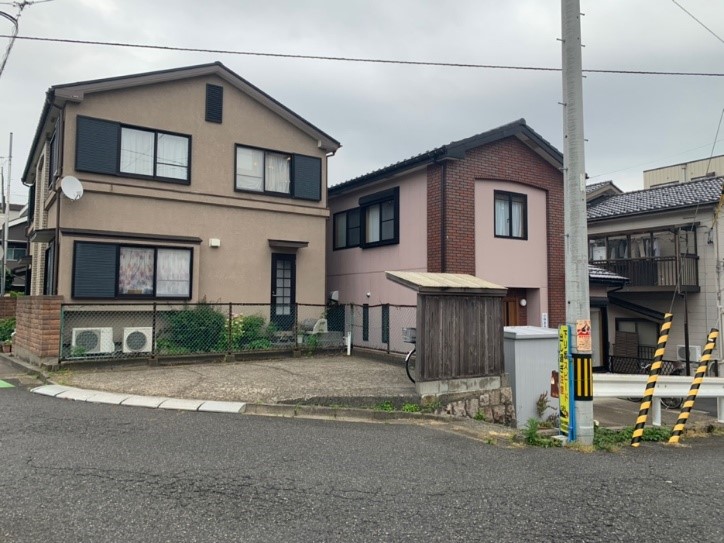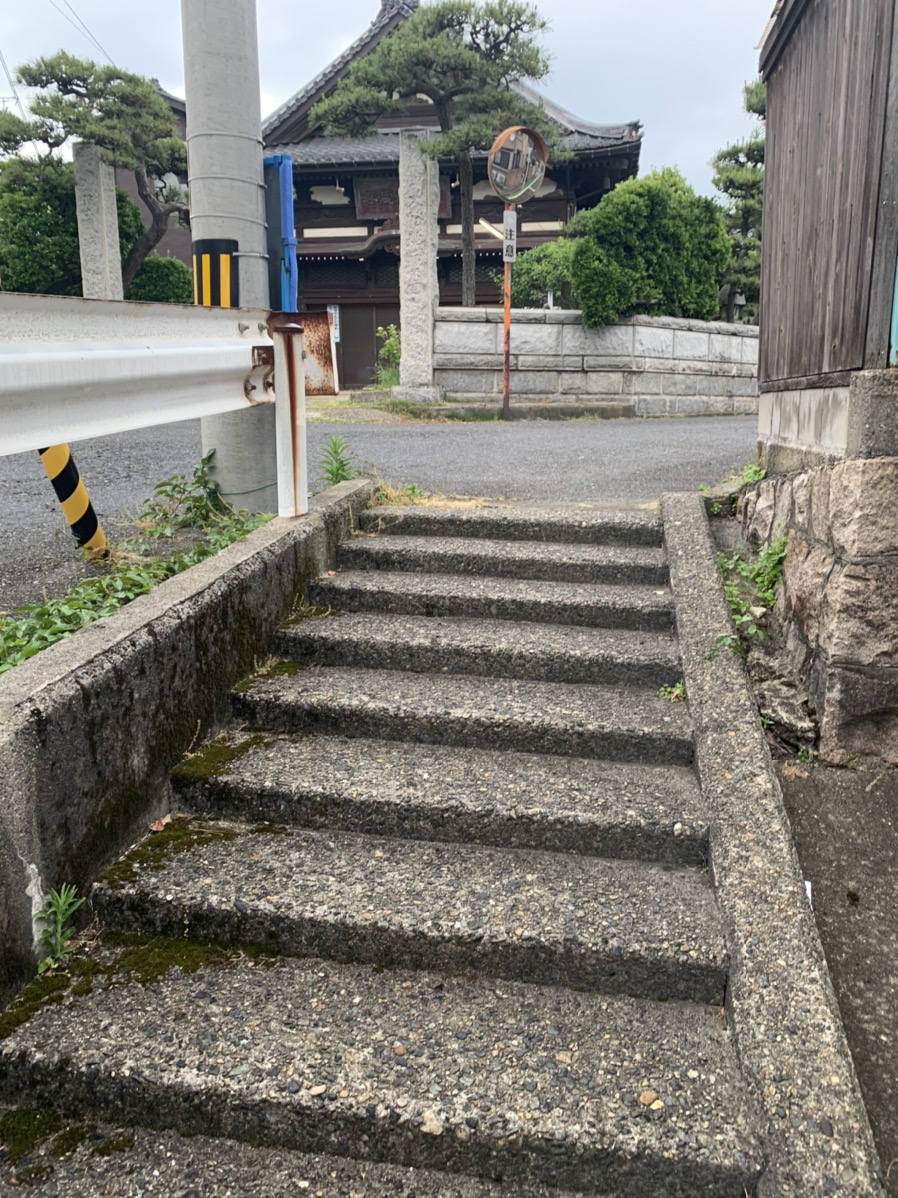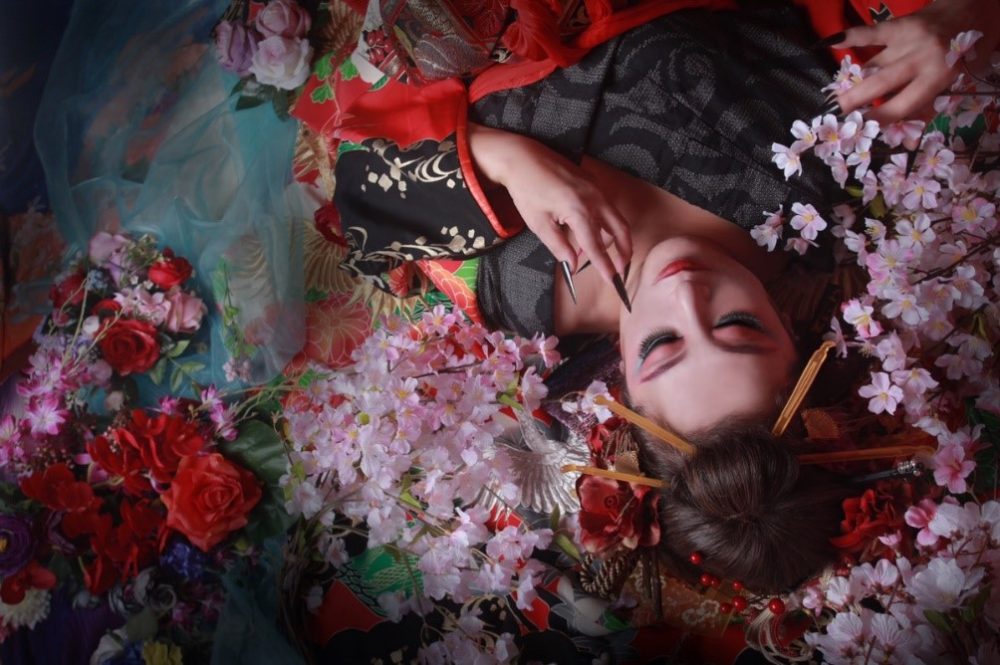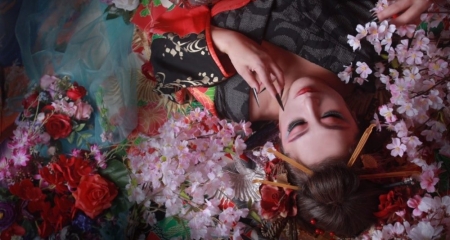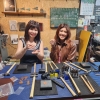As I wandered through the streets of Niigata, I stumbled upon a hidden gem of history – the ancient Flower Street, where Oiran culture has thrived for over two centuries.
Understanding Oiran: A Legacy of Elegance
During the early Edo period (1600–1868), Oiran epitomized grace and sophistication, mastering traditional arts like chadō and ikebana, elevating them beyond mere courtesans to symbols of refined elegance.
These women held unprecedented power, able to select their clients and commanding the admiration of the upper classes, who eagerly sought their favor with lavish gifts of hairpieces and kimonos, signaling their status and popularity.
Yet, their reign was fleeting, as changing social norms led to stricter regulations on non-ruling classes, resulting in simpler, less colorful attire for commoners and the gradual decline of the Oiran’s allure.
Some speculate that the perceived threat posed by their influence over the ruling classes prompted authorities to curb their power, marking the end of an era of opulence and intrigue.
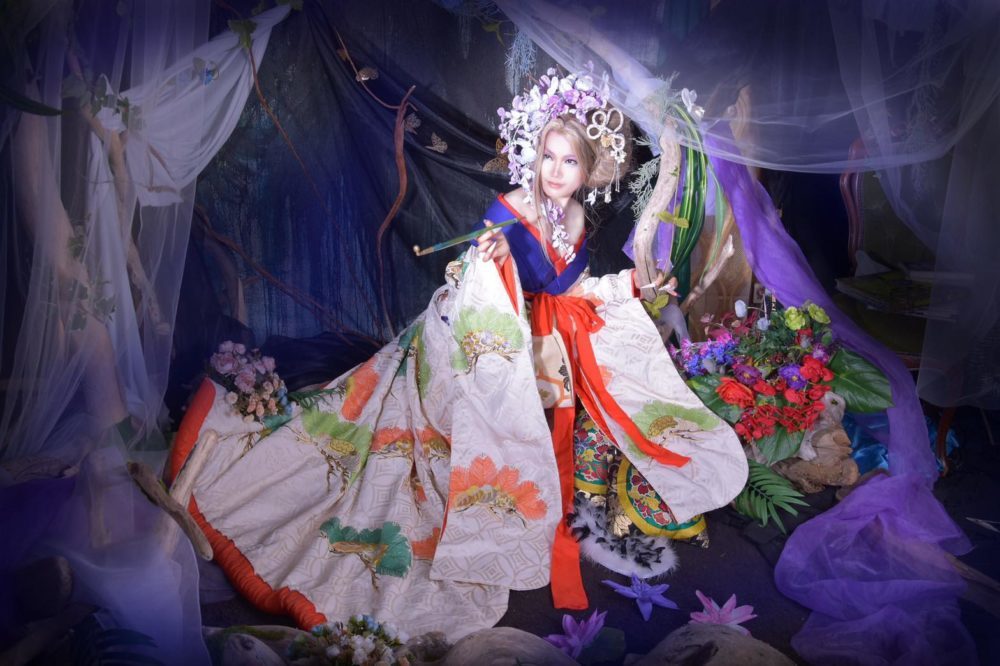
Oiran in Niigata: A Flourishing Era
Nestled along the Japanese coastline, Niigata City has long been a vital port, strategically situated between expansive river deltas. Goods from inland regions were ferried along rivers to Niigata, then shipped via sea routes to destinations as distant as Hokkaido and Kyoto.
During the late 19th and early 20th centuries, Niigata’s Flower Street, home to the esteemed Oiran, stood on par with the illustrious districts of Yoshiwara in Tokyo and Gion in Kyoto. The opening of Niigata Port to international trade in 1869 further elevated the city’s prominence, drawing travelers with considerable wealth to its bustling shores.
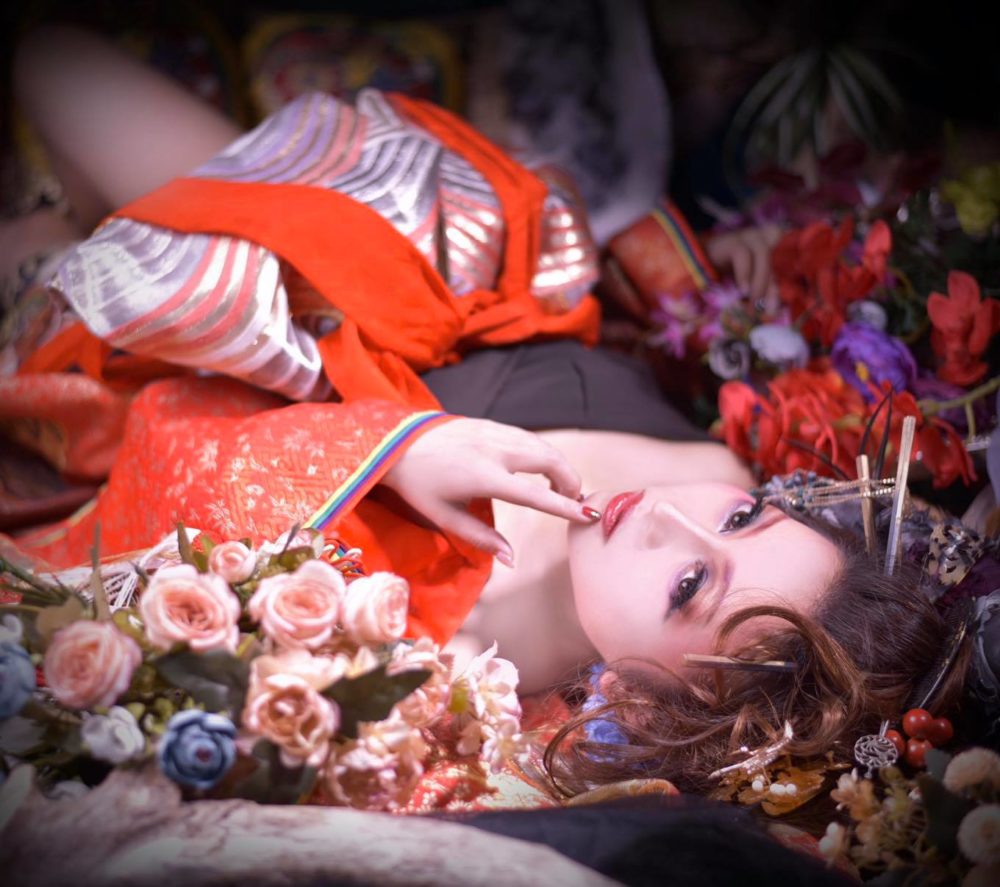
Present Day
Although, of course Oiran culture has changed, the Flower Street of Niigata still retains many of its’ old characteristics.
You can see the same shrine with a triangular roof at the end of the road.
- Red light district in Niigata about 100 years ago. That was a street with a taste.
- Current view; now this district has turned into residential area.
It’s hard to imagine how many rich men and sailors have walked down this street.
- (Left) This picture was taken in 1935; my grandmother was born in 1930 and will be 90-years-old this year. Looking at this picture, it seems so long ago and so recent, all at once. (Above) Current View; the site of the building taken in 1935. (Right) Stairs in front of the building seen in the 1935 picture. I can’t imagine how many people used these.
Modern Oiran
Real Oiran have disappeared after the law banishing prostitution had passed in 1956. Now, it has evolved into a very different form of entertainment. People (both women and men!!) can dress up as these sophisticated, beautiful, and sensual women.
This worthwhile experience will make you feel like a different person and transform you into a highest-ranked Oiran.
 |
Jenya Yuss came to Japan in 2015 and has not left since. She has lived in Nagoya, Ishikawa and finally settled in Niigata. She loves to be in nature and enjoys all types of outdoor activities. She likes to write about history and culture, but really would tackle any topic! |


